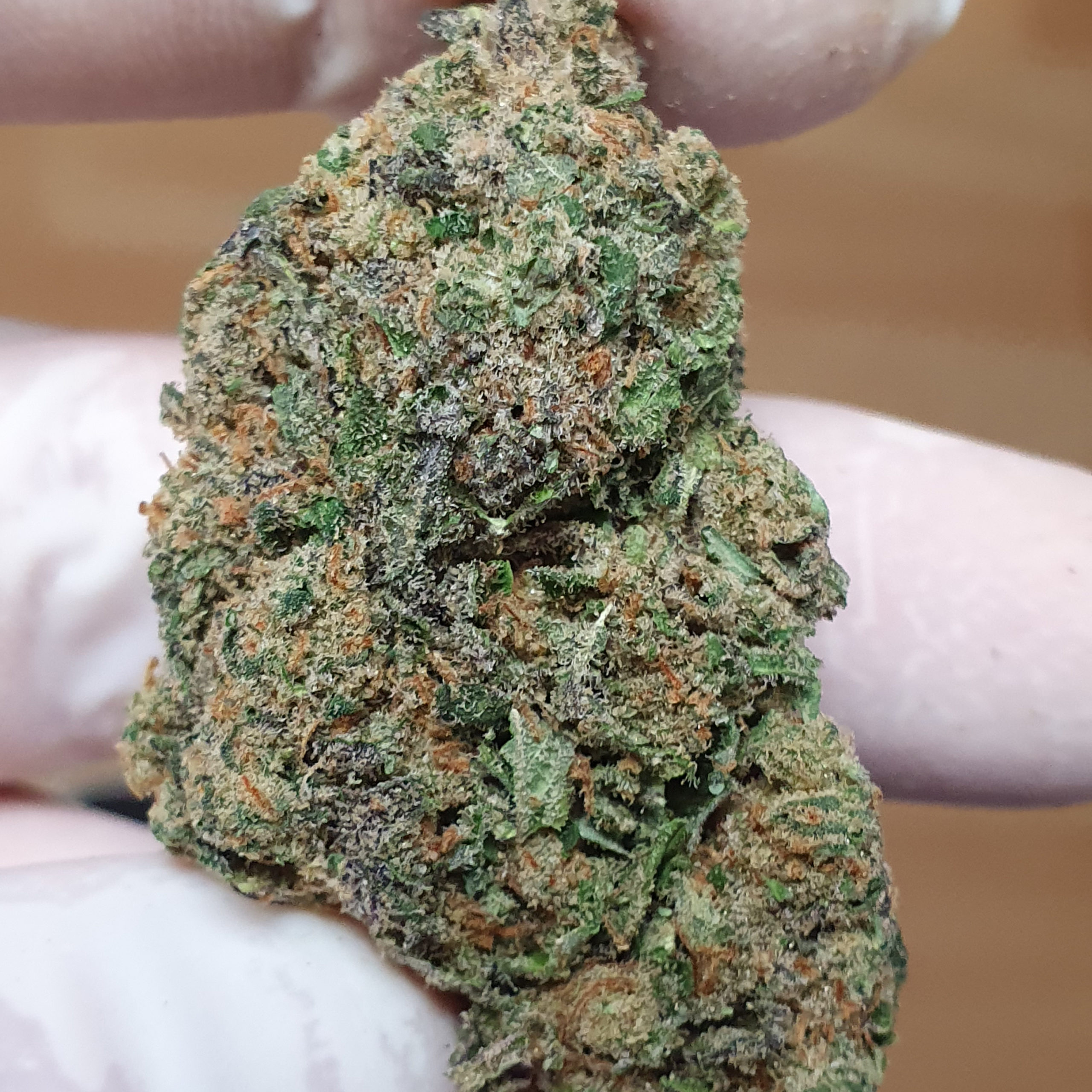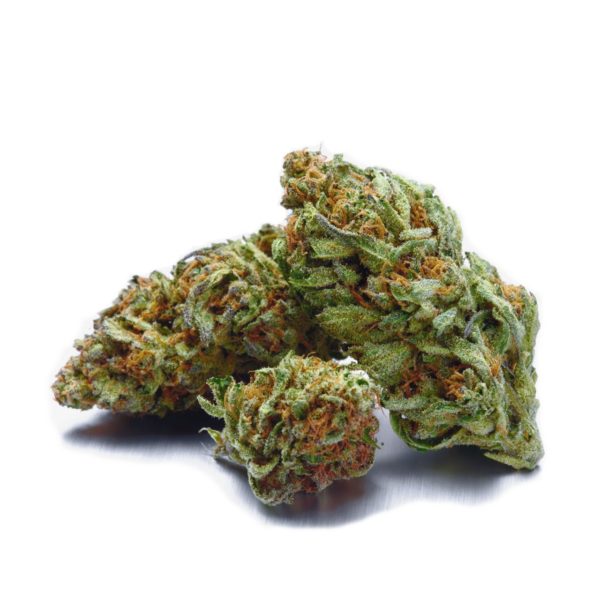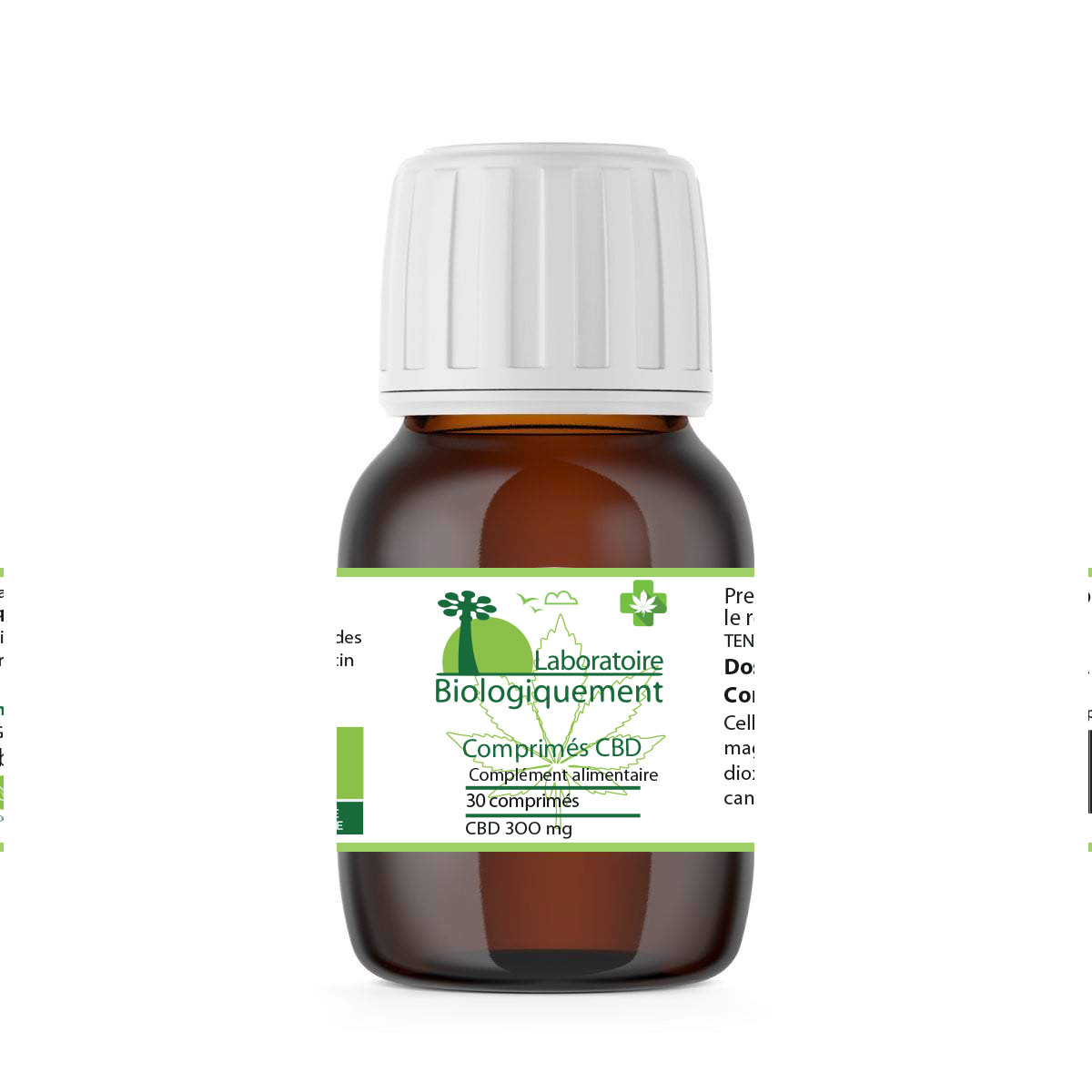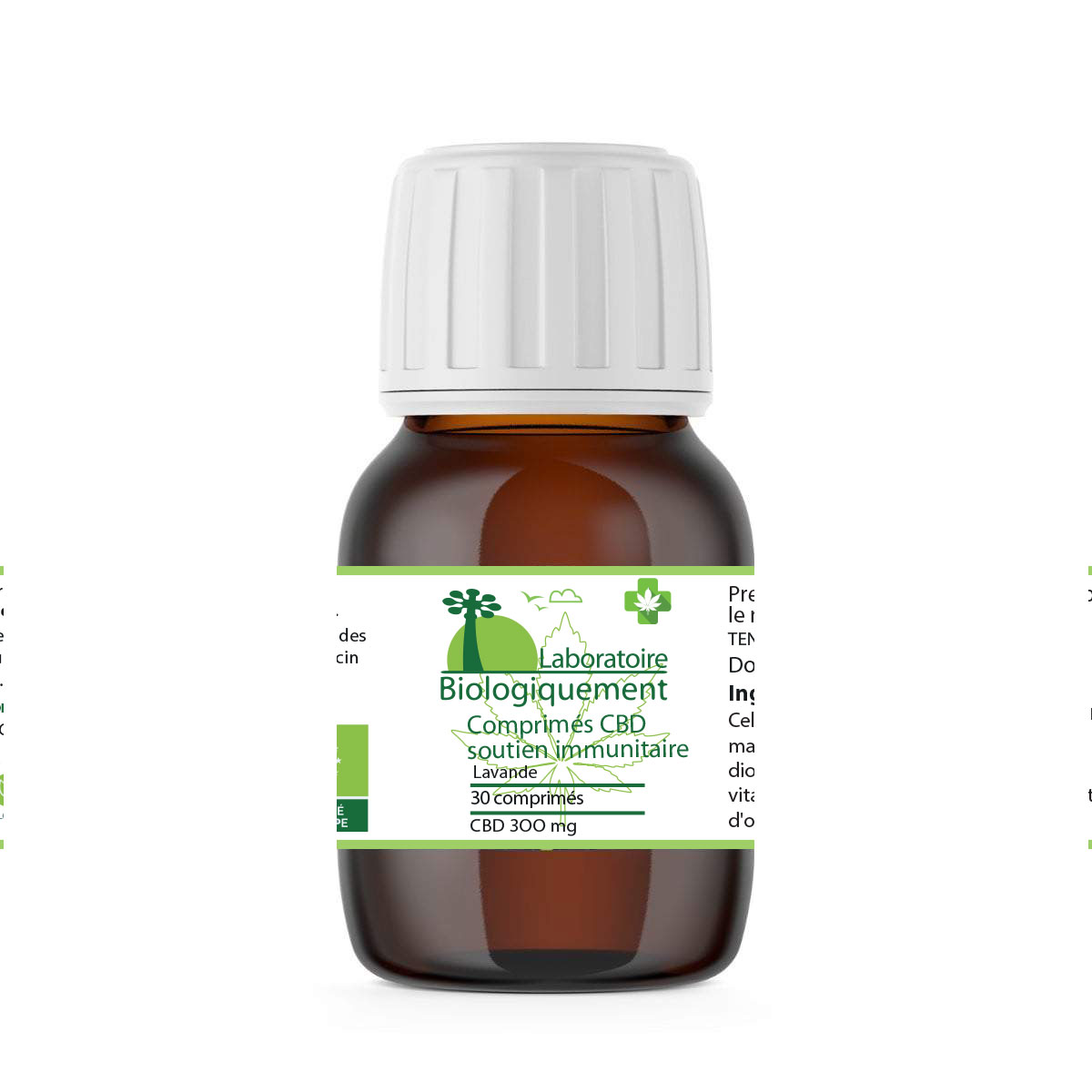The African baobab, Adansonia digitata – the classic wide-trunked tree of the African plains, with its unusual “upside down” silhouette when leafless in winter – is the most famous of this genus of eight species in the kapok family (Bombacaceae – which some scientists now consider to be part of the Malvaceae) named after the French surgeon Michel Adanson (1727-1806).
It is the only species native to Africa. It is one of the largest trees in the world, although definitely not one of the tallest, with its impressive, broad trunk that can reach over 15m in diameter. Its sheer size makes it quite conspicuous in the savannah or bushveld (dry woodland). Some of the largest trees have been estimated at over 2,000 years old by carbon-dating; circumference is not a reliable predictor of age, as the conditions it has grown under and the climatic fluctuations of the centuries greatly affect girth. Rainfall influences tree diameter, with the trunk becoming narrower in dry years. The baobab’s trunk is fibrous and saturated with water.
The massive swollen trunk consists of soft spongy wood saturated with water. The fibrous wood cannot be used for building or firewood, but the bark can be shredded into strands to use as fiber for ropes, baskets, nets, cloth and other uses. Many living trees develop hollow trunks with age, which have been used as homes, storage units, a post office, chapels, prisons or tombs. A tree at Katimo Mulilo, Namibia was converted into a flush toilet, while another near Gravelotte in Limpopo Province, South Africa served as a bar for gold miners.
Native to semi-arid regions of sub-Saharan Africa, it grows up to 80 feet tall and up to 40 feet in diameter.in any rocky, well-drained soil. The smooth grey bark has distinct “folds” covering its immense trunk. The alternate leaves are simple on juvenile plants, but are digitately compound with 3-9 leaflets on mature plants. Young leaves are eaten like spinach or dried for later use by some indigenous peoples.
Adansonia digitata trees, the only remaining native vegetation in sisal fields between Kilifi and
Mombassa, Kenya (L); baobab in leaf (R).
Baobabs first flower when they are about 20 years old. Large, white, slightly scented flowers with purplish stamens are produced in midsummer. A. digitata is the only species in the genus with pendulous flowers. The flowers open at sunset and are pollinated by fruit bats as they feed on the sweet nectar. The flowers only bloom for a short time, dropping to the ground within hours of being pollinated.
The flowers are followed by globose fruits with a hard woody shell covered with short yellowish hair. Inside are hard, kidney-shaped seeds in a powdery, creamy white pulp (from which ‘cream of tartar’ is derived). The pith contains high levels of ascorbic acid (Vitamin C), tartaric acid and citric acid and is used in producing a refreshing lemonade-like drink that has been used to treat fevers and diarrhea. Many animals including baboons, monkeys, antelope and elephants, will feed on the fallen fruits and help disperse the seeds. The seeds may be ground to make a coffee-substitute or eaten fresh, and are often fed to cattle or goats, especially near the end of the dry season.
The authors with a baobab in northern
Namibia.
Ecologically, baobabs are very important in the savannah, providing food and shelter for a great variety of animals. All kinds of small birds, squirrels, rodents, lizards, snakes and tree frogs, as well as spiders, scorpions and insects live in the canopy. Red-billed buffalo weavers build their communal nests in baobabs more than any other tree. Other birds such as rollers, hornbills, parrots, kestrels and spinetails nest in holes in the trunk, while barn owls and ground hornbills take advantage of larger cavities. Large stick nests of eagles, vultures and storks are often seen on the outer branches. Elephants are one of the biggest threats to the African baobab, especially in areas with high elephant populations. The animals can easily kill small trees as they tear off pieces of stem for the moisture.
This genus of tropical trees is native to Africa, Australia and Madagascar, but baobabs have been widely planted in other tropical and warmer subtropical areas. A. digitata is native to Africa and Madagascar, while the other species except A. gibbosa are all endemic to Madagascar.
– A. gibbosa (gregorii), the Australian baobab, is small and irregularly shaped, and often has multiple trunks. It is restricted to the northwestern area of Australia.
– A. grandidieri, which occurs near Morombe and Morondava in western Madagascar, may be the best known of the Malagasy baobabs. They are very tall trees with a smooth, cylindrical trunk topped with a flat crown of horizontal branches.
– A. madagascariensis is found in dry or moist forest in the Mahajanga province and in the far north. The trunks of these small to large trees (16-65 feet tall) vary in shape from bottle-like to cylindrical.
– A. perrieri is restricted to a small area near Antsiranana (Diego Suarez) in the far north of Madagascar. It is a medium to tall tree (up to 100 feet tall) with an irregular crown and thick branches, often ascending at 45°. The flowers are white to pale yellow.
– A. rubrostipa (fony) is the smallest of the Malagasy baobabs, usually growing only 12-15 feet tall, but sometimes as much as 60 feet. The bottle-shaped trunk has a distinct constriction beneath the branches. Its flowers are bright yellow to orange yellow.
– A. suarezensis is restricted to a very small area near Antsiranana. These endangered trees grow to 80 feet tall, with a single trunk and horizontal branches in the flat-topped crown. This photogenic species has reddish bark that is particularly dramatic at sunrise. White flowers are followed by long, irregularly-shaped fruit.
– A. za is the most common species in Madagascar, growing in the south, west and northwest. The single trunk grows 15-100 feet tall, with a cylindrical or slightly tapering and swelling shape. Yellow flowers are followed by black, oblong fruit.
Although baobabs will not survive outdoors in the Midwest, they are sometimes grown as a curiosity. Many are amenable to being grown as bonsai specimens. All need well-drained soil and good sunlight, so are best grown in a greenhouse rather than as a houseplant and benefit from moving outside to enjoy thunderstorms and warm summer weather. They all have a well-developed taproot even when young which may necessitate a deeper than normal pot. They do not begin to develop their characteristic trunk shape until much older, however, so will never resemble the classic savannah tree shape when container grown, but frequent tip-pruning will encourage thickening of the trunk.

Un avis consommateur, ou avis client, désigne un élément d’appréciations et commentaires donnés par les acheteurs sur un produit ou un service, que ce soit sur un critère particulier ou la globalité de l’offre. Ces opinions reflètent le niveau de satisfaction de la clientèle.
Vous pouvez consulter les avis clients du site du laboratoire Biologiquement en suivant ce lien : avis biologiquement.shop
C’est la note que nos clients nous donne actuellement. Merci pour votre confiance !










